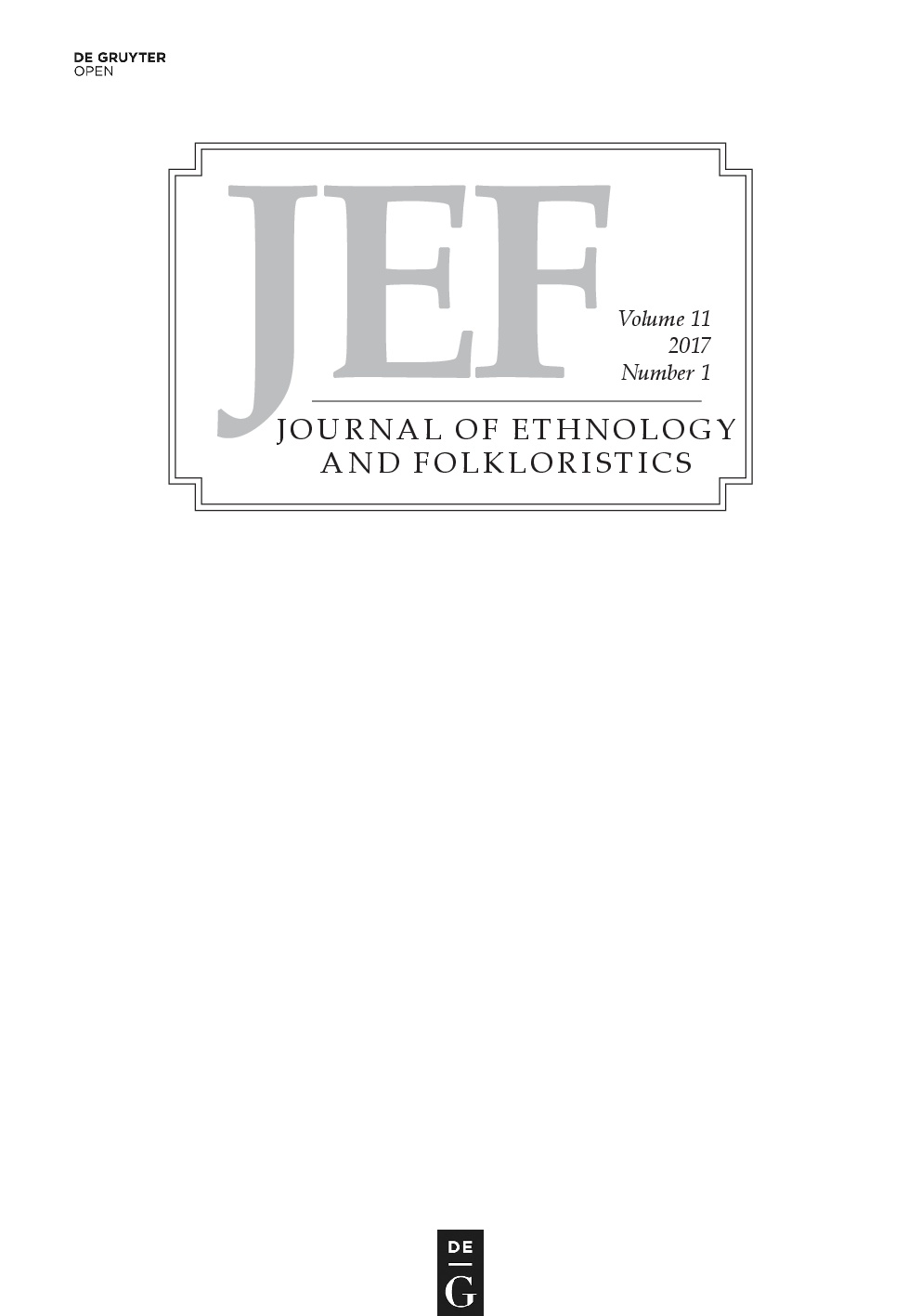The Living Camera in The Ritual Landscape: The Teachers of the Tatuutsi Maxakwaxi School, the Wixarika Ancestors, and the Teiwari Negotiate Videography
The Living Camera in The Ritual Landscape: The Teachers of the Tatuutsi Maxakwaxi School, the Wixarika Ancestors, and the Teiwari Negotiate Videography
Author(s): Lea Kantonen, Pekka KantonenSubject(s): Education, Fine Arts / Performing Arts, Museology & Heritage Studies, Ontology
Published by: Tartu Ülikool, Eesti Rahva Muuseum, Eesti Kirjandusmuuseum
Keywords: Wixárika; deified ancestors; community museum; community based art; videography;
Summary/Abstract: In this article, we outline the meanings modern Wixárika institutions, such as the school and the museum, may receive as parts of ritual landscape and how the community-based videos shot in the context of these institutions may increase our understanding of ritual landscapes in general. We discuss how ritual landscape can be researched using community-based documentary video art in a way that takes the ontological conceptions of the human and non-human relations of the community seriously. In this case, we understand community-based video art as artistic research in which the work is produced with the community for the community. The making of art, discussed in this article, is a bodily activity as it includes walking with a camera in the Wixárika ritual landscape, interviewing people for the camera, and documenting the work and rituals of the pupils, teachers, and the mara’akate (shaman-priests) planning the community-based museum.
Journal: Journal of Ethnology and Folkloristics
- Issue Year: XI/2017
- Issue No: 1
- Page Range: 39-64
- Page Count: 26
- Language: English

